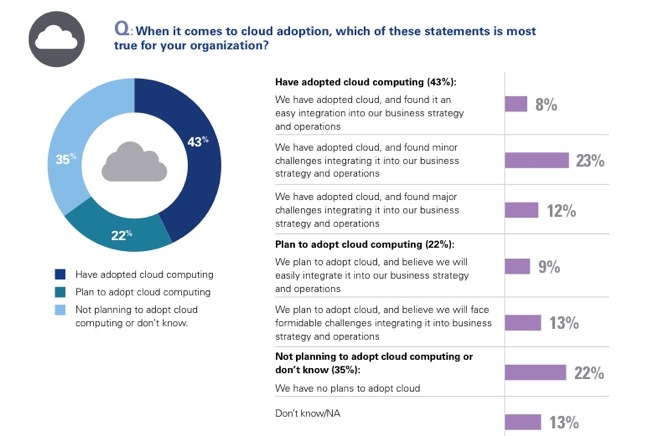Executives in the food and beverage industry expect continued growth in 2013 with revenue increases largely driven by product innovations and the ability to add new customers, according to the 2013 Food and Beverage Outlook Survey by KPMG LLP, a U.S. audit, tax and advisory firm. At the same time, rapidly advancing technology is transforming the industry, providing opportunities to explore new ways of doing business and better understand and engage with consumers.
“The food and beverage industry is experiencing significant change,” said Patrick Dolan, national line of business leader for consumer markets at KPMG LLP. “Technology is redefining how companies identify growth opportunities, operate their businesses, and manage risk—and the companies that adopt and utilize these tools most effectively are positioned to capitalize on improving business conditions.”
Transformative technology an industry priority
Respondents of KPMG’s 2013 Food and Beverage Outlook Survey indicate that social media, mobile/online consumer engagement and mobile/online promotions and coupons are the technology-related trends having the most significant impact on their businesses.
“Social media and mobile technology are having a tremendous influence on food and beverage businesses as consumers increasingly use these channels to aid in making buying decisions,” said Dolan. “Companies must better understand these tech-savvy consumers to successfully navigate this landscape and capitalize on the resulting opportunities.”
The use of data and analytics provide tremendous opportunities for food and beverage companies. In fact, when describing how their organizations use data and analytics, executives most frequently cite helping to support strategic decision making as it relates to customer insight, brand and product management and pricing decisions. Despite realizing the value created by leveraging data and analytics, however, 46 percent rate their data and analytics capabilities as average or below.
Additionally, cloud computing is a hot topic for executives, with nearly two-thirds indicating that they have adopted or plan to adopt cloud technologies into their business strategies and operations. Survey findings also show that organizations are beginning to recognize that cloud is much more than just another IT cost reduction lever. Of those that have adopted or plan to adopt cloud, 44 percent believe it will fundamentally change their business model and 78 percent say it will provide greater transparency.
“As cloud computing moves to mainstream within the business environment, we’re seeing organizations move from the ‘when and why’ of the cloud adoption process to instead focus on the ‘how,'” said Dolan.
Continued growth on the minds of management
Of the executives who responded to the 2013 survey, 84 percent say revenue has increased from this time last year, and 81 percent predict an increase next year.
Survey respondents indicate product innovations and adding customers as key drivers of revenue growth over the next one to three years. Other growth drivers indicated are alternative sales channels and distribution strategies and products that provide “healthier” alternatives or address specific dietary needs.
More than half of executives expect capital spending at their companies will increase over the next year, citing the following key areas of investment: acquiring a business, expanding facilities, new products or services and information technology.
Executives say they will spend the most time, energy and resources on growing organically, with a focus on new product development, pricing strategies and geographic expansion. Other top initiatives on the minds of management include operational improvements, reducing costs and merger and acquisition activity.
The KPMG survey was conducted in spring 2013 and reflects the viewpoints of 100 senior executives in the U.S. Based on revenue in the most recent fiscal year, 25 percent of respondents work for institutions with annual revenues exceeding $10 billion, 17 percent with annual revenues between $5 billion and $10 billion and 30 percent with revenues in the $1 billion to $4.9 billion range.






